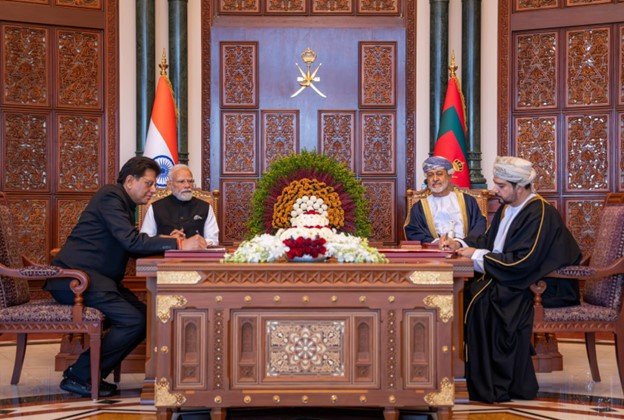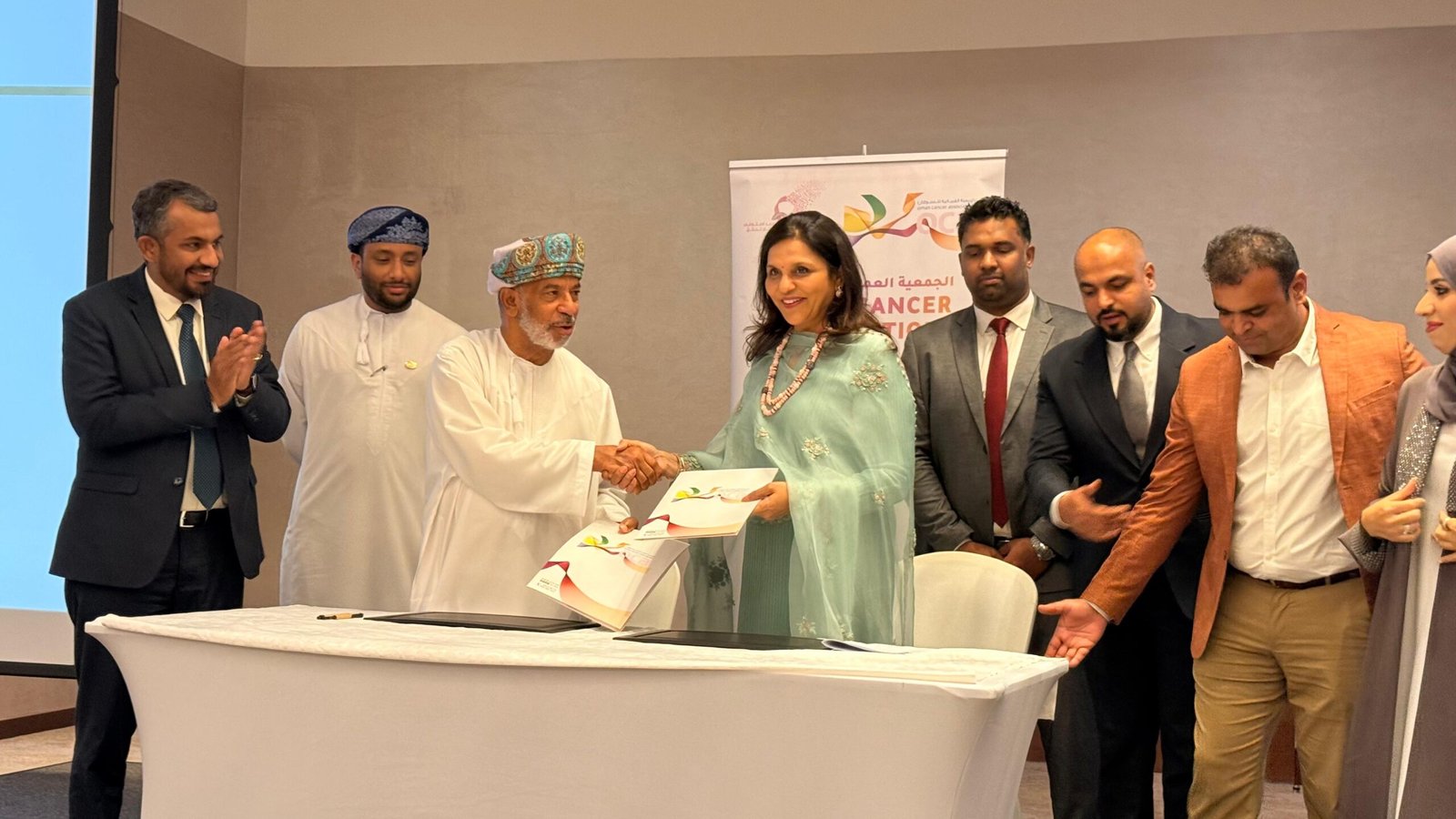“We were surprised that the cultural preferences to have at least one boy were so widely seen among Indian diaspora.”
— Prof. Prabhat Jha
Now, they have found the practice is more pronounced among families in which the mother was born in India but living in Australia, Canada, the United Kingdom (UK) or the United States US (or diaspora)
A study by health researcher Catherine Meh and Prof. Prabhat Jha from the Centre for Global Health Research, Dalla Lana School of Public Health, had previously established that selective abortion of females in second and third pregnancies was widespread and growing within India. Now, they have found the practice is more pronounced among families in which the mother was born in India but living in Australia, Canada, the United Kingdom (UK) or the United States US (or diaspora).
“We were surprised that the cultural preferences to have at least one boy were so widely seen among Indian diaspora,” commented Prof. Jha.
The current study, published in the journal eLife Sciences on September 27, 2022, examined selective abortion trends among Chinese or Indian diaspora using 18 million birth histories over about the last two decades from India, China, Australia, Canada, the UK and the US. Selective abortion of female fetuses, particularly following the birth of earlier girls, is well documented in India. There are strong cultural preferences to have at least one son in India and China’s one-child policy (which ended officially in 2016) affects family fertility choices, reported Newswise.
Missing girls from selective abortion are contributing to a large deficit of girls within China and India. The authors suggest that understanding the cultural preferences for boys and the fact that such preferences accompany migration could prompt more societal debate and discussion, particularly within India to address the marked demographic deficit of girls
The study authors applied Jha’s method called the conditional sex ratio, which is the ratio of girls born per 1,000 boys following an earlier birth of a girl. The natural range (in the absence of any prenatal sex determination and selective abortion) is about 950 to 975 girls per 1,000 boys and is the same for first, second or third births. The authors found that the sex ratios in each country were significantly lower than the natural range, especially for third births with earlier daughters. These results indicate the use of prenatal sex determination followed by selective abortion of female fetuses.
The conditional sex ratios for third births in the Indian diaspora were lower than in India. In Canada, conditional sex ratios were lowest with 520 girls per 1,000 boys in 2016 — much lower than in India (769). These conditional sex ratios for third births were also lower than the natural range in Australia (653), the UK (778) and the US (805).
The authors further compared diaspora from India to diaspora from Pakistan, Bangladesh and Sri Lanka in the UK, where diaspora populations from each country are sizeable. Only the Indian diaspora showed falling numbers of girls per 1,000 boys over time. Pakistan, Bangladesh, and Sri Lanka diasporas had conditional sex ratios of girls to boys close to the natural range.
The authors concluded that Indian preference to have at least one boy in the family is the major driver of selective abortion of female fetuses for second and third births; and that such cultural preference is seen both in domestic Indian and diaspora families. By contrast, within the few families in China who were permitted to have two children, there was evidence of selective abortion of male fetuses following a first boy but even more pronounced evidence of selective abortion of female fetuses following a first girl. For third births, Chinese diaspora aborted female fetuses less often than did Indian diaspora.
Missing girls from selective abortion are contributing to a large deficit of girls within China and India. The authors suggest that understanding the cultural preferences for boys and the fact that such preferences accompany migration could prompt more societal debate and discussion, particularly within India to address the marked demographic deficit of girls.
*********************************************************************
Readers
These are extraordinary times. All of us have to rely on high-impact, trustworthy journalism. And this is especially true of the Indian Diaspora. Members of the Indian community overseas cannot be fed with inaccurate news.
Pravasi Samwad is a venture that has no shareholders. It is the result of an impassioned initiative of a handful of Indian journalists spread around the world. We have taken the small step forward with the pledge to provide news with accuracy, free from political and commercial influence. Our aim is to keep you, our readers, informed about developments at ‘home’ and across the world that affect you.
Please help us to keep our journalism independent and free.
In these difficult times, to run a news website requires finances. While every contribution, big or small, will makes a difference, we request our readers to put us in touch with advertisers worldwide. It will be a great help.
For more information: pravasisamwad00@gmail.com











